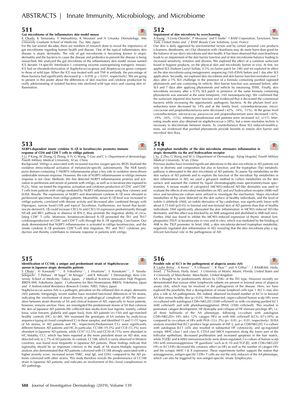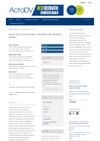Possible Role of ILC1 in the Pathogenesis of Alopecia Areata
alopecia areata ILC1 innate lymphoid cells type 1 CD8+NKG2D+ cells catagen development hair follicle dystrophy immune privilege collapse INF-γ MHC class I MHC class II hair matrix apoptosis IL-10 TGF-β2 CD8+ T cells hair follicle immune privilege interferon-gamma major histocompatibility complex class I major histocompatibility complex class II hair matrix interleukin-10 transforming growth factor-beta 2 T cells

TLDR ILC1 cells contribute to hair loss in alopecia areata.
The study explored the role of innate lymphoid cells type 1 (ILC1) in the pathogenesis of alopecia areata (AA). Researchers found increased ILC1s in AA lesions compared to healthy skin. Co-culturing human scalp hair follicles (HFs) with ILC1s or CD8+NKG2D+ cells led to premature catagen development, HF dystrophy, and immune privilege collapse, all hallmarks of AA. ILC1s produced large amounts of INF-γ and caused substantial HF cytotoxicity, up-regulated MHC class I and II, and decreased proliferation and increased apoptosis in the hair matrix. Immunosuppressive agents like IL-10 and TGF-β2 reduced these effects, suggesting that both antigen-specific CD8+ T cells and non-antigen-specific ILC1s contribute to AA.
